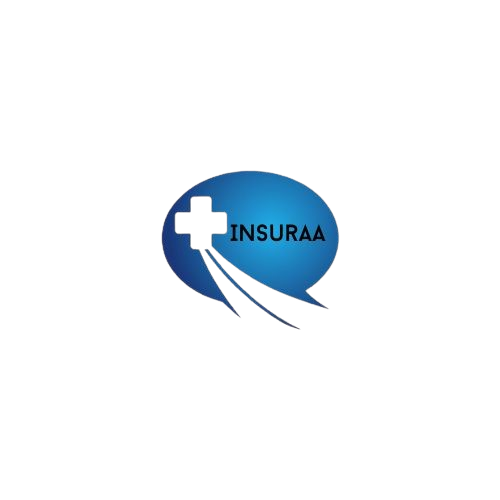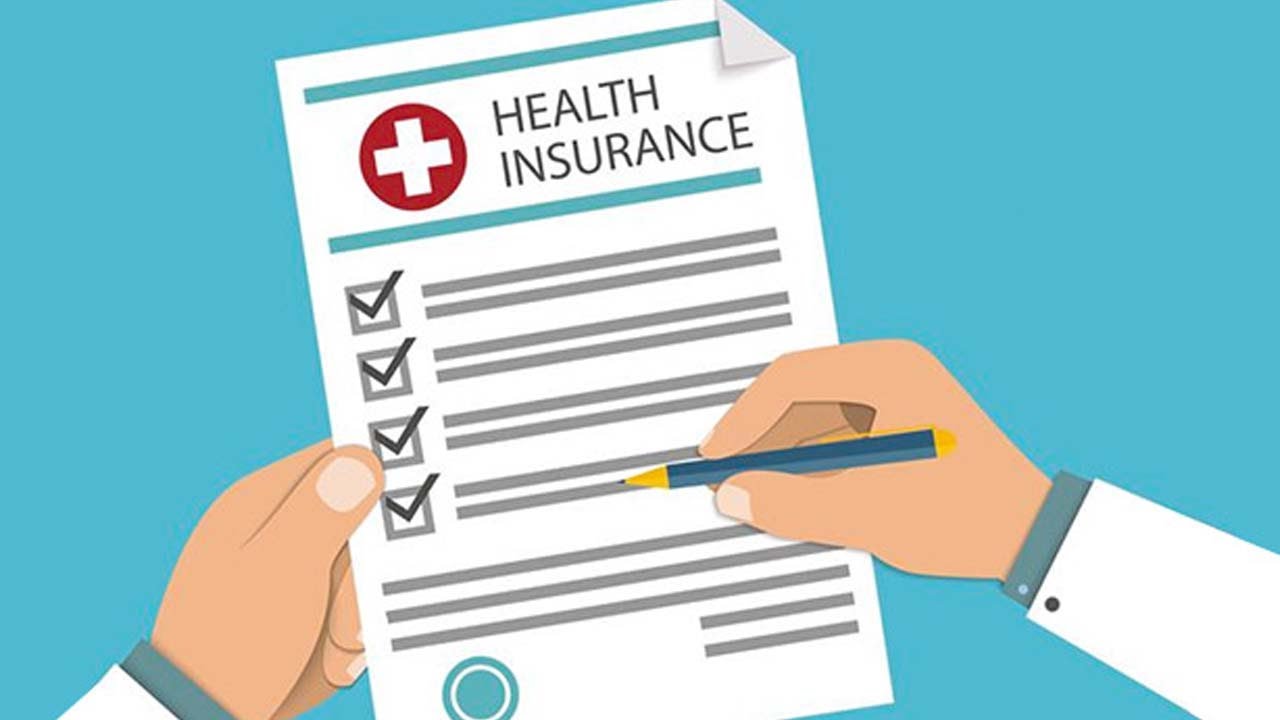If you’re an In-Home Supportive Services (IHSS) provider in California, you’re doing vital work—helping elderly, blind, or disabled individuals live safely in their own homes. It’s rewarding, no doubt, but it’s also a job that comes with its share of challenges. One perk that might make it all feel a bit more worthwhile? Health insurance. Yes, as an IHSS provider, you may be eligible for affordable health coverage, but figuring out how to apply can feel like navigating a maze. Don’t worry—I’ve got you covered. In this article, I’ll walk you through the process step-by-step, break down the eligibility rules, and share some insider tips to make it as smooth as possible. Let’s dive in!
What Is IHSS Provider Health Insurance, Anyway?
Before we get into the “how,” let’s talk about the “what.” IHSS provider health insurance isn’t a one-size-fits-all plan. It’s a benefit offered to IHSS caregivers through partnerships with local counties, public authorities, and sometimes unions like SEIU (Service Employees International Union). The idea is simple: if you’re dedicating your time to caregiving, you deserve access to affordable healthcare too. Depending on where you live in California, the specifics—eligibility, coverage, and application process—can vary. For example, San Francisco offers the Healthy Workers plan through the San Francisco Health Plan, while Contra Costa County has its IHSS Plan A2 through Contra Costa Health Plans.
The catch? It’s not automatic. You have to meet certain requirements (like working a minimum number of hours) and actively apply. But once you’re in, you could get coverage for doctor visits, prescriptions, vision care, and even dental in some cases. Pretty sweet deal, right? Now, let’s figure out how to make it yours.
Step 1: Check Your Eligibility
First things first—you need to know if you qualify. Eligibility for IHSS provider health insurance isn’t universal across California; it hinges on your county’s program and your work status. Here’s what most counties look at:
- Hours Worked: You typically need to work a minimum number of hours per month for a set period. In San Francisco, for instance, you need to have been paid for at least 25 hours per month for two consecutive months to qualify for health and vision coverage. For dental, it’s 25 hours for six months straight. In Contra Costa, it’s 45 hours per month for two months. Check with your county’s IHSS Public Authority for the exact threshold.
- Active Provider Status: You must be enrolled as an IHSS provider and actively working for a recipient. If you’re just starting out or haven’t logged enough hours yet, you’ll need to build up to it.
- County Residency: Some plans require you to live in the county offering the insurance. Others don’t care where you live as long as you’re working for an IHSS recipient there.
Here’s a quick example: Maria, an IHSS provider in San Francisco, works 30 hours a month caring for her elderly aunt. After two months, she checks with the San Francisco IHSS Public Authority and learns she’s eligible for the Healthy Workers plan. She’s thrilled—health coverage for a low monthly premium is now within reach!
Pro Tip: Call your county’s IHSS Public Authority or check their website. They’ll have the most up-to-date eligibility rules. Don’t assume—if you’re close to the hours requirement, ask if there’s a grace period or a way to bridge the gap.
Step 2: Gather Your Info
Once you’re sure you qualify, it’s time to get your ducks in a row. Applying for anything involving paperwork can feel daunting, but this part’s straightforward if you’re prepared. Here’s what you’ll likely need:
- IHSS Provider ID Number: This is your golden ticket—it proves you’re in the system. You got it when you enrolled as a provider.
- Proof of Hours: Some counties want timesheets or pay stubs to verify your work. In San Francisco, for example, they check payroll records, so you might not need to submit anything extra unless there’s a glitch.
- Personal Details: Think basics—full name, address, phone number, and maybe your Social Security Number or Individual Taxpayer Identification Number (ITIN).
- Recipient Info: Occasionally, they’ll ask who you’re working for, just to cross-check.
Let’s say you’re like John, a provider in Orange County. He keeps digital copies of his timesheets in a folder on his phone (smart move!). When it’s time to apply, he’s ready to email them if needed. Being organized saves headaches—trust me.
Step 3: Find Your County’s Application Process
Now, here’s where it gets a little tricky: there’s no single statewide application for IHSS provider health insurance. Each county runs its own show. Your mission? Figure out how your county handles it. Here are some common ways to apply:
- Through the Public Authority: Most counties funnel benefits through their IHSS Public Authority. In San Francisco, you’d contact them at (415) 593-8125 or email benefits@sfihsspa.org. They’ll send you enrollment forms before the deadline—usually due by the 12th of the month for coverage starting the next month.
- Via a Health Plan Directly: In Contra Costa, you’d call Contra Costa Health Plans (CCHP) at (800) 211-8040 to discuss eligibility and get the ball rolling.
- Union Benefits: If you’re an SEIU member, your union might offer health plans tied to IHSS work. Check with your local chapter (like SEIU 2015) for details.
For example, in San Mateo County, you’d call the Aging and Adult Services hotline at (800) 675-8437 to ask about provider benefits. They might direct you to a specific plan or hand you off to the Public Authority. It’s like a scavenger hunt—keep asking until you find the right door!
Heads-Up: Some counties mail you forms automatically once you hit the hours threshold. Others expect you to reach out. If you’re unsure, pick up the phone. A quick call beats waiting around.
Step 4: Submit Your Application
You’ve got your forms, you’ve filled them out—now what? Submit them! This could mean:
- Mailing It In: Old-school but reliable. Double-check the address and slap a stamp on it.
- Email or Online Portal: San Francisco, for instance, lets you email benefits@sfihsspa.org. Other counties might have an online system—faster and greener.
- In Person: If you’re near an IHSS office, dropping it off ensures it’s received.
Timing matters. In San Francisco, if you submit by the 12th, coverage kicks in on the 1st of the next month. Miss it, and you’re waiting another cycle. Imagine this: Lisa, a provider in Fresno, submits her form on March 10th, 2025. By April 1st, she’s insured—perfect timing for her spring checkup.
Word of Wisdom: Keep a copy of everything you send. If something gets lost (it happens!), you’ve got proof.
Step 5: Follow Up and Activate Coverage
You’re not done yet! After submitting, confirm they got it. Call or email a few days later—don’t just hope for the best. Once approved, you’ll get a welcome packet with your insurance card and details. In some plans, you might owe a small monthly premium (often deducted from your IHSS pay), so watch for that.
Take James in Contra Costa. He applies for IHSS Plan A2, follows up, and learns he’s in. His coverage starts, and he’s got doctor visits lined up—no more putting off that nagging cough.
What’s Covered—and What’s Not?
So, what do you get? It varies, but here’s a taste:
- Health: Doctor visits, hospital stays, prescriptions—your basics.
- Vision: Eye exams and glasses in some plans (San Francisco’s Healthy Workers includes this).
- Dental: Less common, but available if you hit higher hour thresholds (e.g., six months at 25 hours in SF).
Limits exist, though. Cosmetic stuff? Probably not covered. Fancy experimental treatments? Don’t count on it. Check your plan’s “benefit highlights” (usually online) for the fine print.
Why It’s Worth the Effort
Here’s a stat to chew on: according to the California Department of Social Services, over 600,000 IHSS providers were active in 2023. Yet many don’t tap into health benefits—either they don’t know or think it’s too complicated. Don’t be that person. Healthcare costs are brutal—Kaiser Family Foundation says the average uninsured Californian spent $1,200 out-of-pocket in 2022. With IHSS insurance, that burden shrinks.
Plus, there’s peace of mind. If you’re caring for others, you deserve to be cared for too. I spoke with a provider named Carla who said, “Getting health insurance through IHSS was a game-changer. I finally got my blood pressure checked without stressing about the bill.”
Troubleshooting Common Hiccups
- “I didn’t get the forms!” Call your Public Authority ASAP. They can resend or email them.
- “My hours dropped—am I out?” Possibly. Most plans cut coverage if you fall below the minimum. Work those hours back up and reapply.
- “It’s denied?!” Ask why. Maybe a paperwork error. Fix it and resubmit.
Wrapping It Up: Your Next Move
Applying for IHSS provider health insurance isn’t rocket science, but it does take some legwork. Start by confirming your eligibility with your county’s Public Authority. Gather your info, find the right process, submit on time, and follow up. It’s a few hours of effort for months—or years—of coverage. You’re already doing hard work as a caregiver; this is just one more way to take care of yourself.
So, what are you waiting for? Pick up the phone, check your hours, and get started. You’ve got this—and soon, you’ll have health insurance to match your dedication. Questions? Drop a comment or call your local IHSS office. Here’s to your health!

